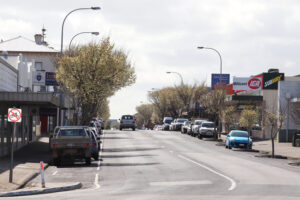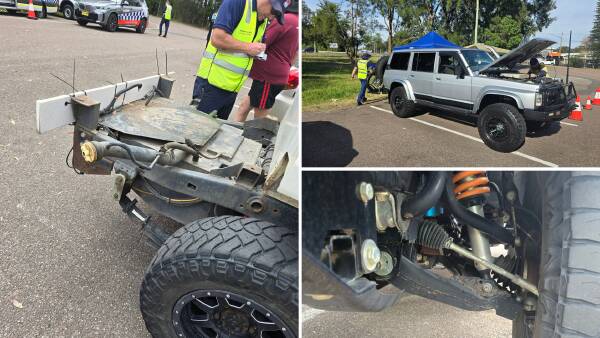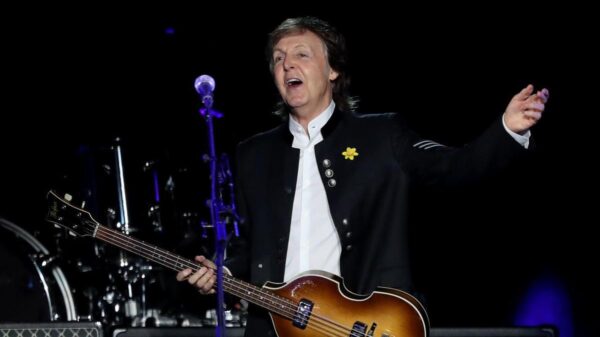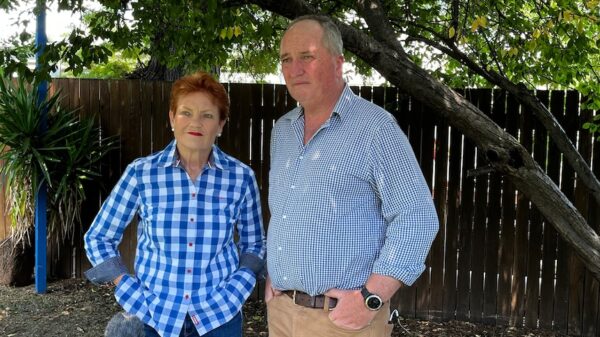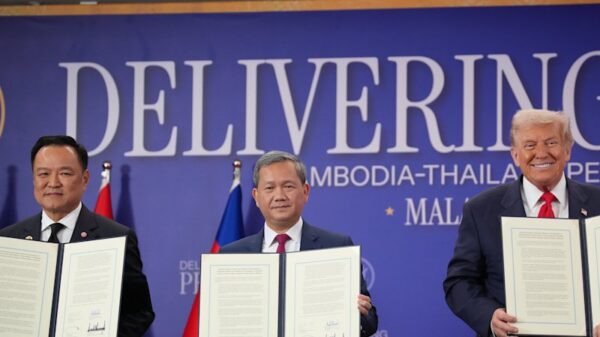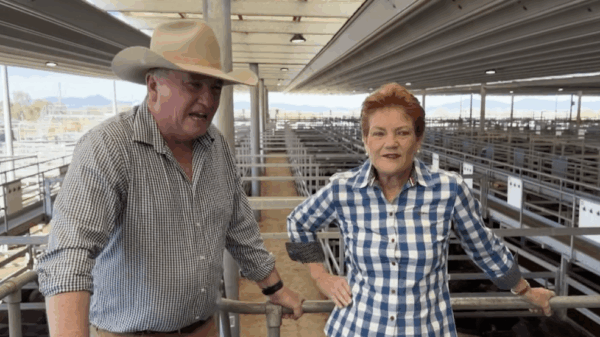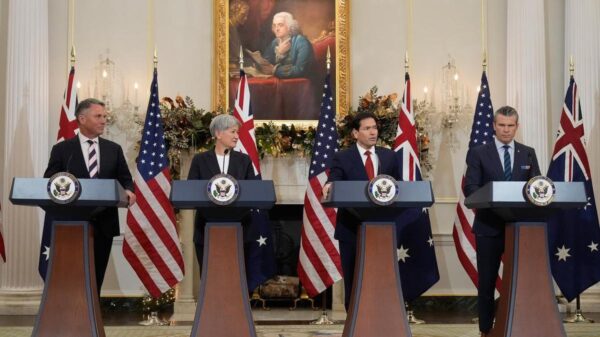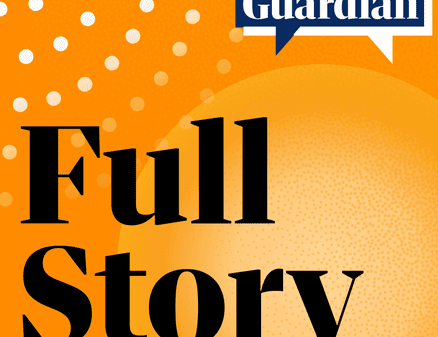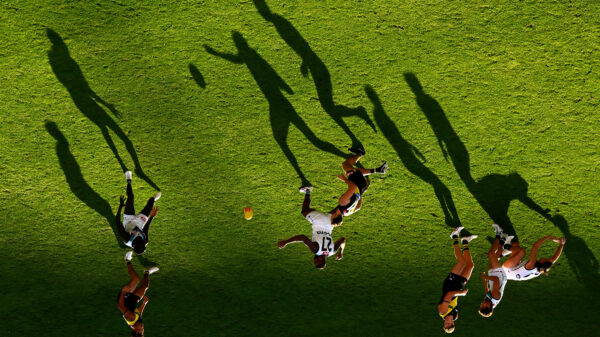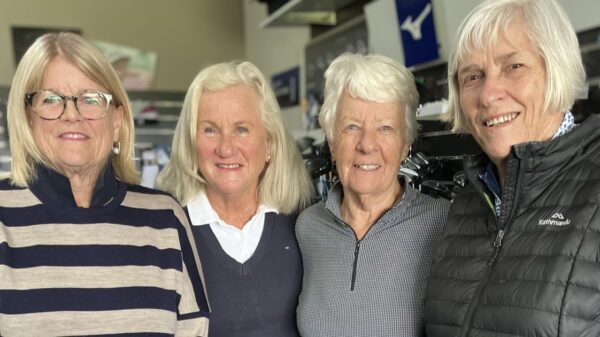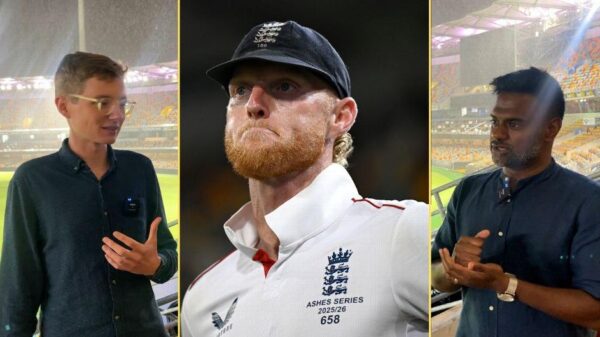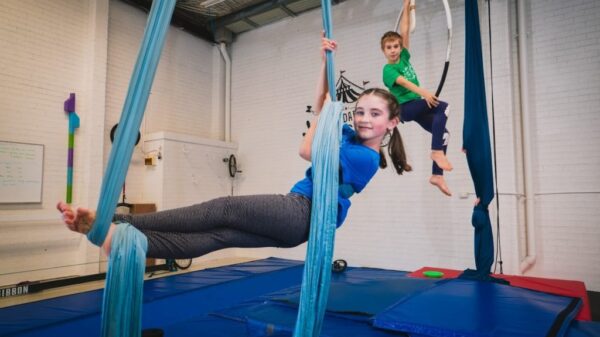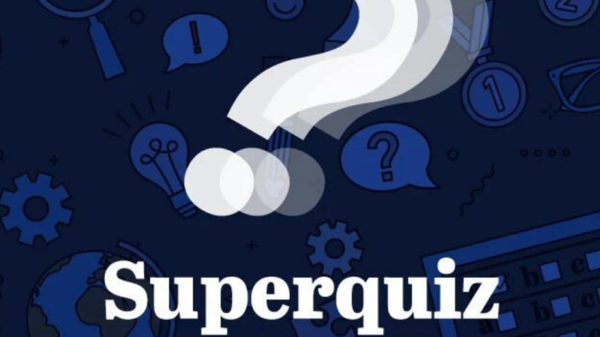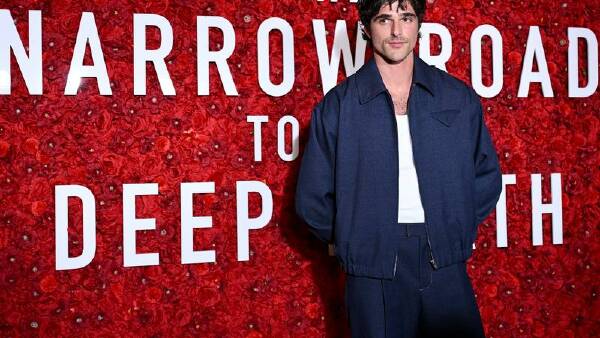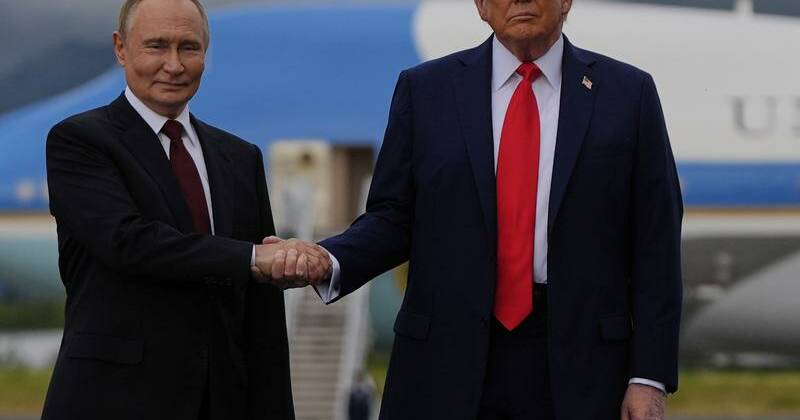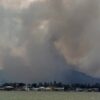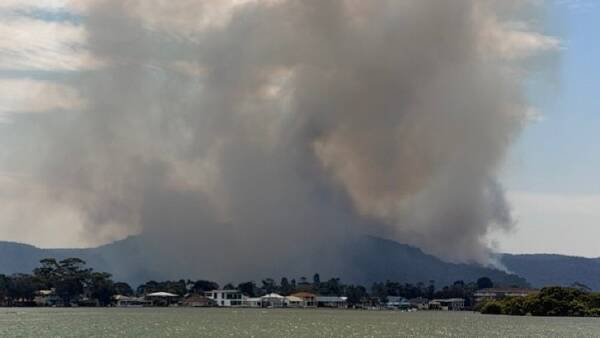US President Donald Trump and Russian President Vladimir Putin greeted each other with a handshake as they commenced a critical summit in Alaska. This high-stakes meeting could potentially influence the future of the ongoing conflict in Ukraine, which has escalated into the deadliest war in Europe since the Second World War. The two leaders met at a Cold War-era air force base in Alaska’s largest city, where the fate of a possible ceasefire hangs in the balance.
Upon disembarking from Air Force One, Trump awaited Putin on the tarmac, with US F-22 aircraft prominently displayed along the red carpet. According to Flightradar24, nearly half a million people tracked the arrival of Putin’s plane, underscoring the global interest in this encounter.
Trump’s approach to the summit raised concerns among Ukrainian President Volodymyr Zelenskiy and his European allies. They fear that Trump might prioritize a resolution that effectively legitimizes Russian control over one-fifth of Ukraine. Addressing these concerns, Trump stated, “I’m not here to negotiate for Ukraine, I’m here to get them at a table.”
He emphasized his desire for a swift ceasefire, expressing urgency by saying, “I want to see a ceasefire rapidly… I’m not going to be happy if it’s not today… I want the killing to stop.”
Strategic Goals Amid International Tensions
Both Trump and Putin are looking to secure significant gains from this first face-to-face meeting since Trump’s return to the White House. Trump is accompanied by key figures, including Secretary of State Marco Rubio and special envoy to Russia Steve Witkoff, while Putin is expected to bring senior aides to the discussions.
For Trump, achieving a truce in the more than 3.5-year-old war would bolster his image as a global peacemaker, potentially positioning him for a Nobel Peace Prize nomination. Conversely, for Putin, the summit serves as a platform to counter years of Western isolation, demonstrating that Russia remains a crucial player in international diplomacy.
According to Russian special envoy Kirill Dmitriev, the atmosphere leading up to the summit has been “combative.” Dmitriev noted that discussions would cover the full spectrum of bilateral relations and not solely focus on Ukraine.
Trump previously claimed he could resolve the conflict in Ukraine within 24 hours but acknowledged the complexities involved, stating that the situation has proven to be a “tougher nut to crack” than anticipated. He indicated that if the talks progress well, scheduling a second three-way summit with Zelenskiy would be even more critical than his meeting with Putin.
Zelenskiy, who was not invited to the talks, expressed skepticism regarding the summit’s potential outcomes. He stated, “On the day of the negotiations, they also kill people. And that says a lot,” referring to ongoing Russian attacks. Reports indicated that a ballistic missile strike in the Dnipropetrovsk region of eastern Ukraine resulted in one death and additional injuries.
Economic Pressures and Implications for Russia
As the war continues, some sources close to the Kremlin have suggested that there may be signs of Moscow being open to compromise. Putin reportedly recognizes the economic vulnerabilities and the escalating costs of sustaining the conflict. With Russia’s war economy showing signs of strain, the prospect of further US sanctions looms large.
In central Kyiv, residents expressed pessimism about the Alaska summit. Tetiana Harkavenko, a 65-year-old cleaner, remarked, “Nothing good will happen there, because war is war, it will not end. The territories – we’re not going to give anything to anyone.”
As the summit unfolds, the world watches closely, anticipating whether this meeting will pave the way for a resolution to the ongoing crisis in Ukraine or escalate tensions further.

